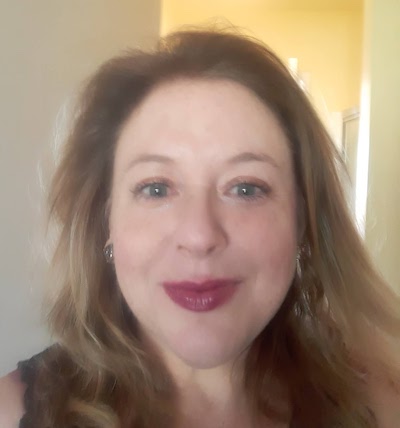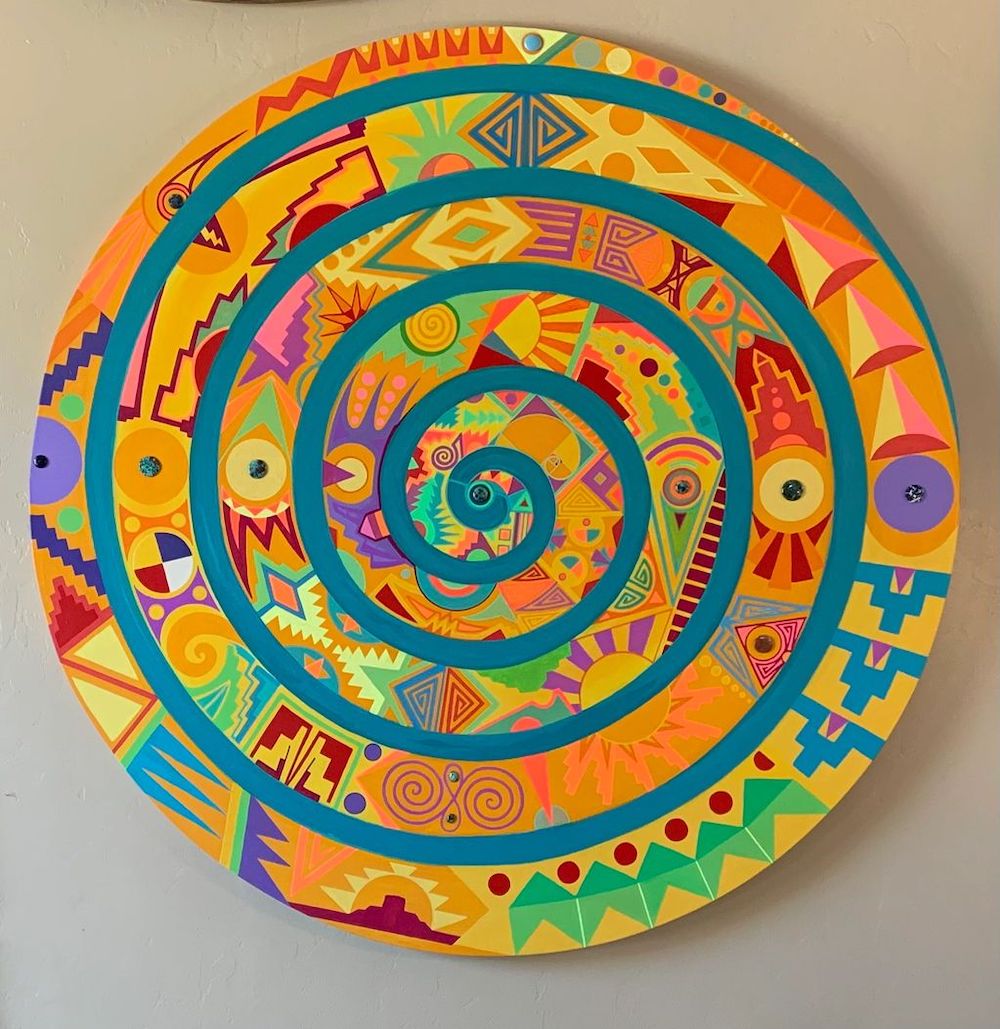
- Details
- By Tamara Ikenberg
This weekend and next week Indian Country is offering up a session with a celebrated storyteller, a glimpse inside the mind of TV’s coolest casino CEO, a bounty of bows and arrows from a treasured Cherokee craftsman, and a blast of traditional and modern art straight out of Arizona.
Native News Online’s event guide is here to help you pick what piques your Indigenous interests.
Michael Greyeyes in Vanity Fair
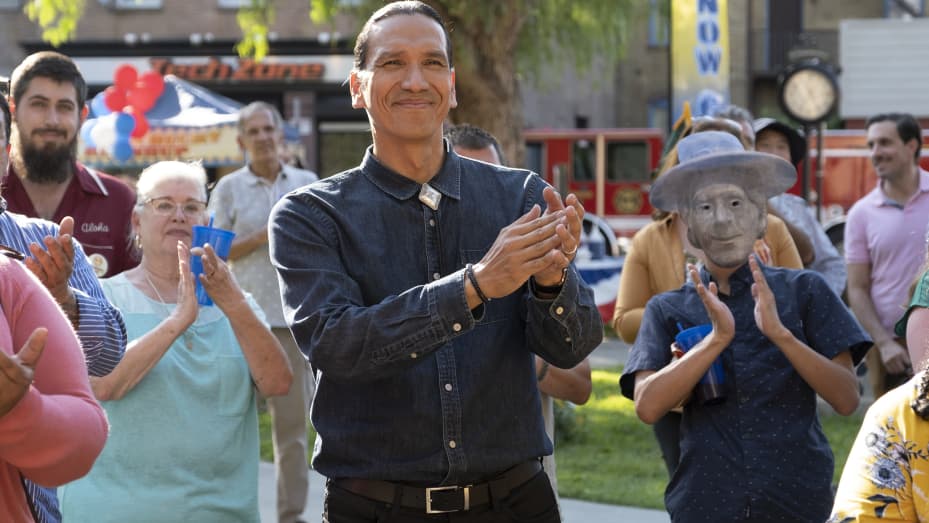 Rutherford Falls star Michael Greyeyes (Plains Cree from the Muskeg Lake First Nation) is featured in the current issue of Vanity Fair. (Peacock)
Rutherford Falls star Michael Greyeyes (Plains Cree from the Muskeg Lake First Nation) is featured in the current issue of Vanity Fair. (Peacock)
WHEN: Now
WHERE: Vanity Fair
Nothing seems to throw fierce and charismatic Running Thunder casino CEO Terry Thomas off his game.
But Michael Greyeyes, the accomplished Plains Cree performer who portrays the totally confident and competent Thomas on Peacock’s “Rutherford Falls,” admits in Vanity Fair Magazine that he was “low-key terrified” to take on the revolutionary television role.
“I recognized quite quickly that the writers had created a fully empowered Indigenous man,” Greyeyes told Vanity Fair. “I thought to myself, with Terry, I can’t use some of the old ways of working. I’ve had a wonderful career. I’ve played a lot of broken men, and there are a lot of beautiful textures in those characters. But what was interesting about Terry is that he is not broken. He’s actually whole. I had to work more quickly. And I couldn’t use any of the previous roots that I knew—what is a character’s dysfunction, where’s that from, how does that manifest itself?”
Greyeyes’ approach to portraying his rare Rutherford Falls character is one of many insights the dancer, director, and professor, who also made a major impression in the 2021 film Wild Indian, reveals in the piece for Vanity Fair.
Greyeyes also reflects on how working with Indigenous creatives in positions of power has influenced his career.
“I’ve often said that I’ve viewed a lot of the earlier work in my career as a corrective—I looked at my role not only as an artist, but also as an educator. But I think one of the reasons why I’m achieving a certain kind of success at this moment is that I’ve been able to work with Indigenous creatives,” he said. “When I have Indigenous creatives in decision-making roles around me, I know I can drill down on why I’m there when I’m there as an actor. I’m not there as a writer, I’m not there to fix the script or provide cultural understanding... It’s absolutely freeing. I’ve been happy to lay that down and just really enjoy the work and the trust that’s inherent in the project.”
Al Herrin: The Bow Maker’s Calling
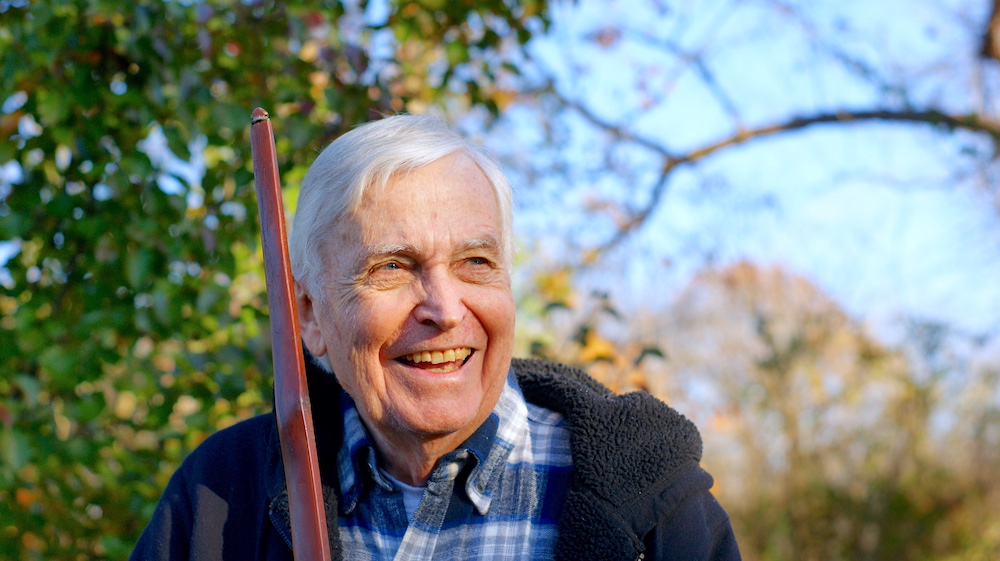 Cherokee National Treasure Al Herrin. The exhibit Al Herrin: The Bow Maker’s Calling is on display through March 26 at the Saline Courthouse Museum in Rose, Oklahoma. (Saline Courthouse Museum)
Cherokee National Treasure Al Herrin. The exhibit Al Herrin: The Bow Maker’s Calling is on display through March 26 at the Saline Courthouse Museum in Rose, Oklahoma. (Saline Courthouse Museum)
WHEN: Through Saturday, March 26
WHERE: Saline Courthouse Museum, 55870 S. 490 Rd., Rose, OK; Event page
Al Herrin heeded the call to create traditional Cherokee bows and arrows when he was 8-years-old.
Inspired by Cherokee cornstalk shoots, the young Herrin crafted his first bow. And, with the guidance and teachings of Cherokee elders, a legendary career commenced.
Herrin, who was proclaimed a Cherokee National Treasure in 1991, is also a renowned author, teacher, and bow-carving demonstrator, and can currently be appreciated in the exhibition “Al Herrin: The Bow Maker’s Calling,” at the Saline Courthouse Museum.
“A true craftsman, Al captures the spirit of the materials he works with,” Karen Shade-Lanier, Cherokee Nation Cultural Tourism interpretative projects coordinator, said in a press release. “People are often familiar with his work from one of his many past bow-carving demonstrations, but through this exhibit, we’re sharing more about how he got his start and the lifetime of experience that he brings to the table preserving this aspect of Cherokee life.”
Hear Our Voices with Will Hill
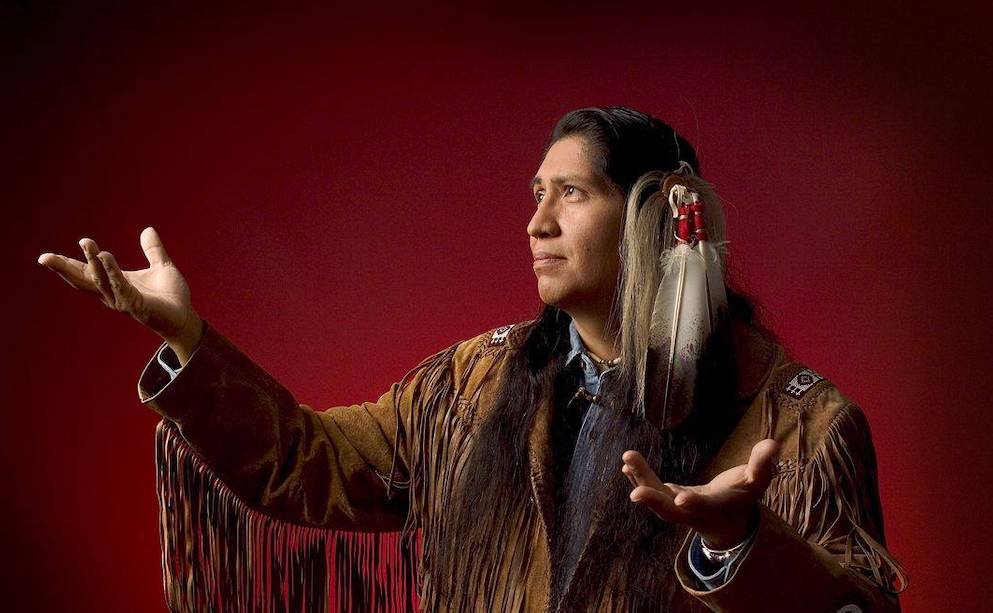 Muscogee storyteller Will Hill. The Museum of Native American History in Bentonville, Arkansas will host the storytelling session Hear Our Voices with Will Hill on Facebook Live on Saturday, Jan. 15. (Will Hill)
Muscogee storyteller Will Hill. The Museum of Native American History in Bentonville, Arkansas will host the storytelling session Hear Our Voices with Will Hill on Facebook Live on Saturday, Jan. 15. (Will Hill)
WHEN: Saturday, Jan. 15, 11 a.m.
WHERE: Museum of Native American History Facebook Live; Event page
With his show Legends, Muscogee storyteller Will Hill delightfully draws audiences into Native American folklore with a mix of music, humor, and heart.
The celebrated raconteur, raised as a traditional storyteller of the Nogonugojeeh (Storytelling Society) of the Muskogean people, has thrilled audiences at venues from Walt Disney World to the National Museum of the American Indian.
This Saturday Hill will bring his buffalo hide drum, turtle shell rattle, and charming storytelling style to Facebook Live in a performance hosted by the Museum of Native American History (MONAH) in Bentonville, Arkansas.
Hill’s appearance is part of MONAH’s “Hear Our Voices” program featuring Indigenous storytellers sharing knowledge and wisdom by delivering traditional oral tales. MONAH hosts a new Indigenous storyteller the second Saturday of each month.
FIRST: Native American Artists of Arizona
 Cosmic Spiral by Akwesasne Mohawk artist Roger Perkins is featured in the new exhibit FIRST: Native American Artists of Arizona, running through March 30 at the Scottsdale Civic Center Library in Scottsdale, AZ. (Roger Perkins)WHEN: Through March 30
Cosmic Spiral by Akwesasne Mohawk artist Roger Perkins is featured in the new exhibit FIRST: Native American Artists of Arizona, running through March 30 at the Scottsdale Civic Center Library in Scottsdale, AZ. (Roger Perkins)WHEN: Through March 30
WHERE: Scottsdale Civic Center Library, 3839 N. Drinkwater Blvd., Scottsdale, AZ; Event page
The word “Arizona” is derived from the term for “little spring” in the O’odham language.
That “little spring” flows with the formidable creative force of 22 Native American tribes, and the new show FIRST: Native American Artists of Arizona, zooms in on the art of Indigenous people both from the state and those who have made it their home,
From Diné artist Damian Jim’s daring digital paintings made on an iPhone to traditional handmade beaded accessories by Melanie Sainz, a Ho-Chunk artist living in Phoenix, FIRST is an exciting fusion of modern and traditional work.
The exhibit is co-curated by potter Ron Carlos of the Salt River Pima-Maricopa Indian Community, and the roster of artists also includes Chelsea Bighorn, David Butler, David Haff, Zachary Justin, Marie Koonooak, Thomas “Breeze” Marcus, Mario Martinez, David Chethlahe Paladin, Roger Perkins, and Jessie Yazzie.
More Stories Like This
Rob Reiner's Final Work as Producer Appears to Address MMIP CrisisVision Maker Media Honors MacDonald Siblings With 2025 Frank Blythe Award
First Tribally Owned Gallery in Tulsa Debuts ‘Mvskokvlke: Road of Strength’
Zuni Youth Enrichment Project and Partners at Ho’n A:wan Productions Launch 8th Annual Delapna:we Project
Chickasaw Holiday Art Market Returns to Sulphur on Dec. 6
Help us defend tribal sovereignty.
At Native News Online, our mission is rooted in telling the stories that strengthen sovereignty and uplift Indigenous voices — not just at year’s end, but every single day.
Because of your generosity last year, we were able to keep our reporters on the ground in tribal communities, at national gatherings and in the halls of Congress — covering the issues that matter most to Indian Country: sovereignty, culture, education, health and economic opportunity.
That support sustained us through a tough year in 2025. Now, as we look to the year ahead, we need your help right now to ensure warrior journalism remains strong — reporting that defends tribal sovereignty, amplifies Native truth, and holds power accountable.
 The stakes couldn't be higher. Your support keeps Native voices heard, Native stories told and Native sovereignty defended.
The stakes couldn't be higher. Your support keeps Native voices heard, Native stories told and Native sovereignty defended.
Stand with Warrior Journalism today.
Levi Rickert (Potawatomi), Editor & Publisher

